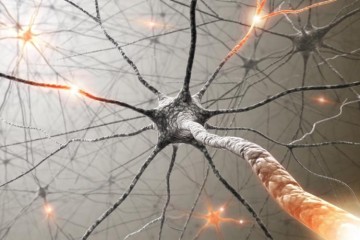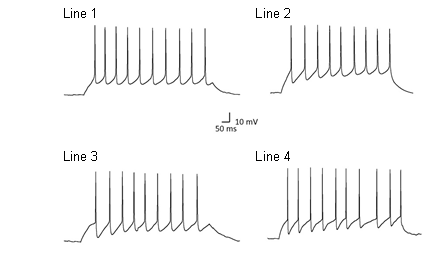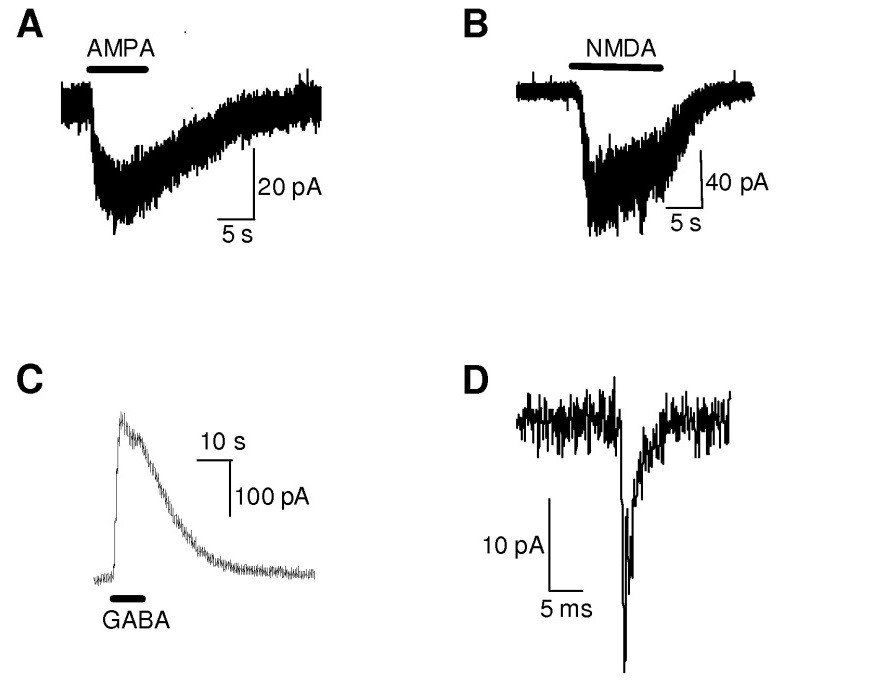CRACK IT Challenge
BADIPS: The development of cell lines relevant for the discovery of new treatments for bipolar affective disorder

At a glance
Completed
Award date
December 2011 - December 2016
Contract amount
£998,586
Contractor(s)
R
- Replacement


